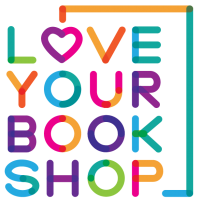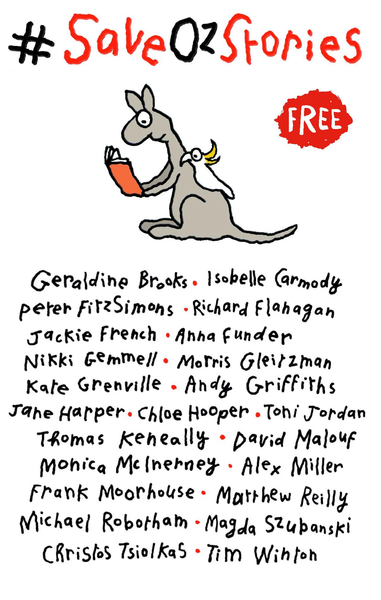Disclaimer: I’m acquainted with several of the people involved with the creation of this book. But I wouldn’t be writing about it here if I didn’t like it – I’d just pretend I hadn’t read it.
 The Book That Made Me is an interesting collection of personal stories by thirty-one authors and artists (mostly Australian, mostly writers for children and teenagers) about the books that “made them” – made them think, feel, laugh, made them want to create their own books. As with most anthologies, there’s a wide variety of pieces and I found some more compelling than others. Shaun Tan contributes a thoughtful essay about books that disturbed him, starting at the age of seven or eight with his mother reading him Animal Farm as a bedtime story, under the mistaken impression that it would be a charming fairytale (he decided it was “no more disturbing than stuff I witnessed at school each day”). His charming, whimsical illustrations can also be found throughout the book.
The Book That Made Me is an interesting collection of personal stories by thirty-one authors and artists (mostly Australian, mostly writers for children and teenagers) about the books that “made them” – made them think, feel, laugh, made them want to create their own books. As with most anthologies, there’s a wide variety of pieces and I found some more compelling than others. Shaun Tan contributes a thoughtful essay about books that disturbed him, starting at the age of seven or eight with his mother reading him Animal Farm as a bedtime story, under the mistaken impression that it would be a charming fairytale (he decided it was “no more disturbing than stuff I witnessed at school each day”). His charming, whimsical illustrations can also be found throughout the book.
Other favourite pieces were those which had something in common with my own experiences. Simmone Howell writes about how she tried (and failed) to become a proper teenager using the wisdom contained in the Sweet Dreams and Sweet Valley High series. Catherine Johnson explains how she “never expected to see [herself] in a book … everyone back then knew only white people lived in books and had adventures”. Jaclyn Moriarty discovered, aged six, how her secret rage at the injustices of life had been transformed into a book called The Magic Finger. I also enjoyed Fiona Wood’s discussion of the helpful life lessons contained in Anne of Green Gables; Emily Maguire’s description of how Edith in Grand Days encouraged her to take risks and celebrate her teenage mistakes; and Julia Lawrinson’s entertaining account of her obsessive identification with Laura Ingalls Wilder. Most of these writers were already familiar to me, but I’d never heard of Catherine Johnson and now I feel a pressing need to read some of her children’s books, in which she says she “made sure to put children like me [that is, mixed-race kids] right in there, riding horses, wearing those amazing frocks, and mostly having adventures, just like everyone else.”
There was plenty of book nostalgia for me to wallow in (Dr Seuss! Little Women! Trixie Belden!) and I’ve added some recommended books to my To Read list, including Tom’s Midnight Garden by Phillipa Pearce, The House on Mango Street by Sandra Cisneros and Displaced Person by Lee Harding. This book contains potted biographies of all the contributors and I was pleased to see a thorough index. The Book That Made Me is published in Australia by Walker Books and will be published in North America this year by Candlewick Press, with all royalties going to the Indigenous Literacy Foundation.



